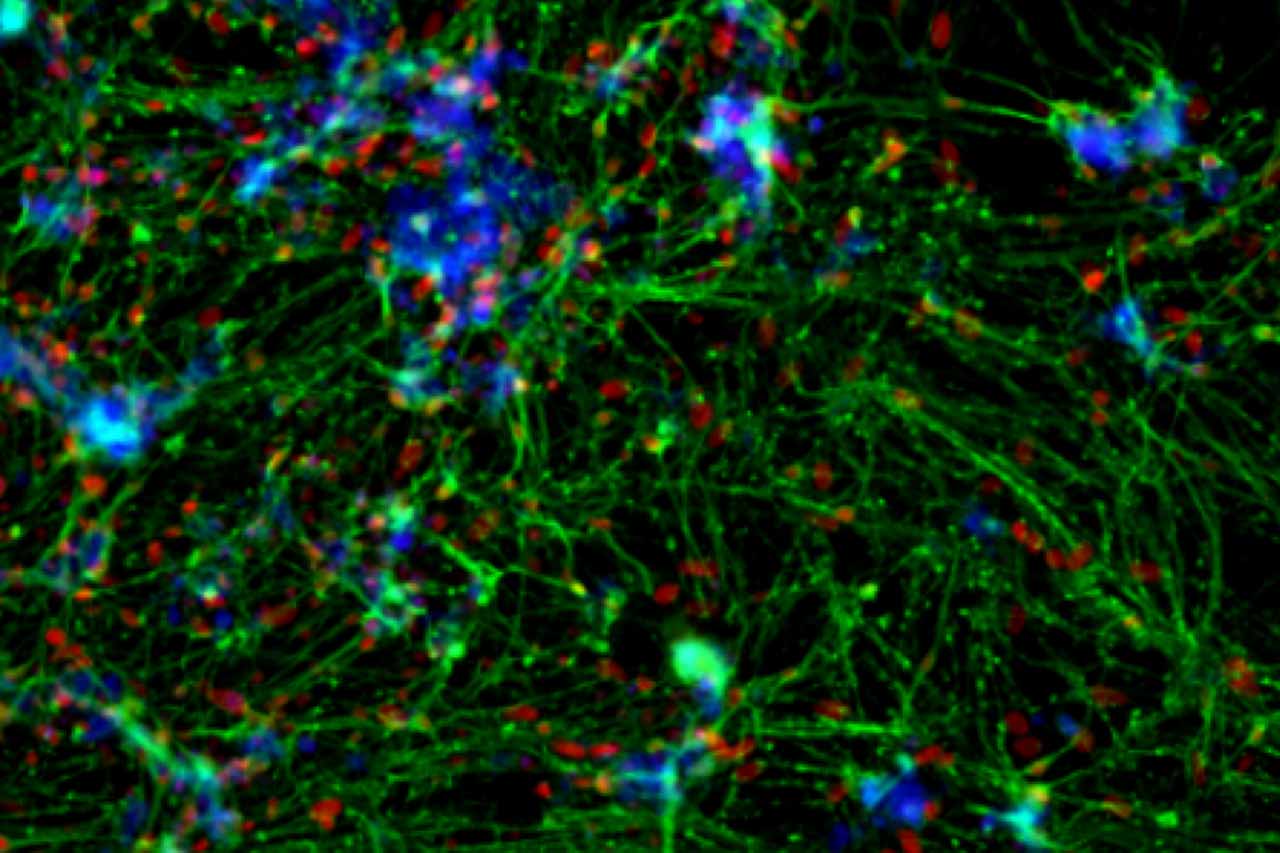
Federal Ministry of Education and Research funds innovative ISAR Bioscience research project on Alzheimer's dementia
The project management organization vdi/vde has announced funding for ISAR Bioscience's "Alzheimer's-3D" research project. The funding, totaling approximately €2 million, is provided as part of the KMU-innovativ:Biomedizin measure, which supports small and medium-sized enterprises (SMEs) in medical biotechnology with innovative research and development projects. The project is being carried out jointly with Prof. Dr. Dominik Paquet from the Institute for Stroke and Dementia Research (ISD) at the Großhadern Hospital.
Alzheimer's dementia is a common and difficult-to-treat disease and will soon be the health problem of our aging society. Despite worldwide research, the onset of the disease has so far been delayed only slightly, and only in mild cases. Drug development lacks valid models to test new therapeutic approaches and to identify new treatment targets.
In the Alzheimer-3D project, the application readiness of worldwide unique in vitro 2D and 3D models of Alzheimer's dementia based on human induced pluripotent stem cells (iPS cells) is to be achieved. These cells are derived from tissue donations and transformed into human brain cells in the laboratory. The models of Alzheimer's dementia developed by the team use different brain cell types differentiated from iPS cells and affected by Alzheimer's disease. This makes it possible to reproduce characteristic phenomena of Alzheimer's dementia and test potential drugs.
These models will be used to generate and test therapeutic antibodies against an innovative target structure in Alzheimer's dementia. This will confirm the suitability of the models for drug development. Already produced as well as newly generated antibodies with specific unique properties will be characterized, optimized and finally selected for further development in these models.



